Prices – of medical care and tuition, gasoline and groceries - have skyrocketed in recent years, but the government insists costs haven’t risen. What a laugh! They rely on the Consumer Price Index to justify that claim. Everyone with half a brain knows the CPI is massaged. Those numbers lay on the table, like a slab of pummeled meat, moaning for all to hear. They are skewed even more by the ludicrous practice of hedonics.
Are medical costs rising? Aren’t the premiums about the same? Maybe so - but better check your benefits - it’s likely they’ve been reduced. Homeowner’s insurance? Premiums haven’t risen? You’re current with your payments; your insurance is in force. You’re covered. Then disaster – flood, earthquake, tornado, or hurricane – strikes. Rest assured that your insurer will try their best to wriggle free from their obligations.
Tuition is rising; the cost of a good education has increased dramatically. And what do you get after four years? Your parents forked over enough to make a nice down payment on a Ferrari. But a degree no longer assures you of anything. Most grads won’t find work in their own field. While they were on campus cracking the books, Joe Highschool was learning in the school of hard knocks. You’re the employer. Who would you rather hire?
Last summer saw a spike in oil as crude approached $150. Prices of refinery products – kerosene, propane, gasoline and diesel - have since pulled back. That’s just temporary; we still have Peak Oil. Production has reached a plateau. Think of it as a mesa; once we’ve finished traversing the level part, the only path leads downward. Supply and demand issues – coupled with inflation - will exacerbate pricing. The outcome is daunting.
Are groceries growing more expensive? You say you’re buying the same goods for the same price? Have you checked the product sizes? You’re paying the same for a sack of sugar, but if the weight of the bag has shrunk - from five pounds to four - the price just rose twenty percent. Package size hasn’t changed? What about the contents? I’ll bet that box of cereal doesn’t contain as much as last year. Prices are disguised, but they’re still higher.
The evidence I’ve provided, combined with other anecdotal proofs? Don’t they raise your suspicion that prices have nowhere to go but up? We’re living in an era of high inflation; we could be on the verge of hyperinflation. The TARP bailout bloated an already fat M3 with an additional 700,000,000,000. That money is presently at sea, anchoring bank reserves. But when those deposits regain velocity, watch out. All bets are off.
Inflation is a direct result of an increase in the money supply. Right now our economy is flush with excess liquidity. That’s one good reason the dollar is going down the toilet. People think inflation means price increases. But rising prices is an effect of inflation, not its cause. Price inflation results from more money chasing fewer goods; the creation of that money indirectly causes those prices to rise. Any asset class can be so affected.
It all depends on the direction of the flow of funds. As the twentieth century drew to a close, Money flowed into stocks. Nasdaq was shooting further into space then NASA. Then in 2001 it all came crashing back to earth. After the “dot.com” bust Money took a good hard look at real estate. Eventually, it exceeded its reach once again. Money gorged at that feast, now it was time to purge. The subprime debacle decimated home values.
Money is now uncertain what it wants to do. Some of it sits sidelined, not wanting to dance. Some has gone into bonds, other into treasuries. Some has flowed back into the stock market, resulting in a hefty gain since March 2009 lows. And some has chosen my favorite target, silver and gold bullion. Those wishing to achieve leverage - to seek gains beyond the actual price movement of the precious metals - can purchase mining equities.
On Youtube I found a video promoting how to take advantage of inflation. This site characterizes the traditional saver, in light of our current “easy money” environment, as a chump who is exploited to the advantage of parties who stay in debt. It maintains - in the same sense that printing our way out of debt can work on a national level - an increased money supply makes it easier to pay down individual debt. With prudence, one can take advantage of inflation.
Such a strategy is optimal when accompanied by high inflation. Numerous analysts see that on the horizon. Peter Schiff implies massive dollar devaluation is overdue. Jim Willie reports a chief strategist at Japan's Sumitomo bank warns the dollar could fall to 50 yen this year, a 45% decline. Whatever the outcome, we can expect a breath-taking loss of purchasing power – that could surpass our worst nightmares - as the dollar is replaced as the World’s reserve currency.
To quote Ray Bradbury, “something wicked this way comes.” Twin demons bedevil us. While one stabs with a pitchfork of depreciation; another burns our currency to worthless ash by igniting hyperinflation. I’m so convinced this will happen that I’m making use of a speculative tool within my portfolio. Let’s be clear, I’m not encouraging you to follow my lead. What I’m doing requires high risk tolerance, and may not pay off as I expect.
I’m convicted that precious metals are the next big asset class to benefit from Money. We all need to physically hold tangible silver and gold bullion. There’s a reason that bullion is referred to as a safe haven; it has a proven track record of performing that role. Once you’ve built a solid base of precious metals, you can extend into stocks. There are several good mining equities that will perform well. We’ll explore those companies another time.
“Put your money where your mouth is,” the little voice whispers. “If you’re so sure that we’re facing an imminent collapse of the dollar, than bet on it.” So that’s what I did. I don’t need to specify the amount, but for the purposes of illustration, let’s work with $10,000. I purchased silver, on credit. I could have bought a smaller amount and paid cash. But instead, I’ve set aside the cash to ensure I can pay the minimum payments due.
Not paying off the balance is intentional. Why do that? I’m not a big institutional player who can borrow enormous sums and invest the proceeds. This is my own perverse form of the carry trade. In my case it cost 11.9% for use of the funds loaned. I bought silver with the expectations that it would increase in value, faster than the total of my interest charges. So far, I’ve been right. The silver I obtained in the middle of July - for $13 - is up 48% to date.
Take the money and run? Not so fast, Aloysius. I’m waiting for a double, and it’s not out of the question. Silver could easily climb to $26 in coming months. If that happens? What does that mean for this ploy in regards to performance? If silver is able to peak in Spring - as it usually does - and hits that target? Well that would mean scoring a $10,000 return for an outlay of about $1800. A 455% return in nine months; 738% annualized.
Now sell half the silver and pay your bill in full; you’ve made a nice profit using the system to your benefit. Don’t forget, you’ll have capital gains tax to pay the following year. I’m not letting that deter me from using this tactic to good advantage. If silver falls short of my goal, I’ll persevere; at times like this you need to stay vested in bullion. During hyperinflation, it’s much better to cash in on debt, than be debt-free in cash.
Buy Silver. Buy Gold. Save Copper. Start Now.
Tuesday, December 1, 2009
Subscribe to:
Post Comments (Atom)



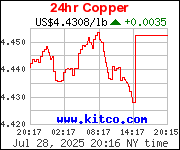


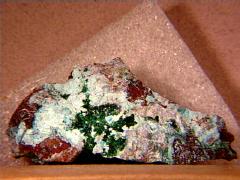

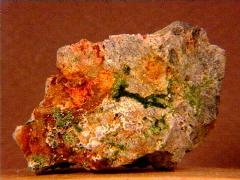
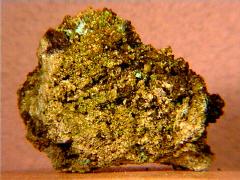
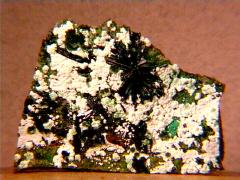
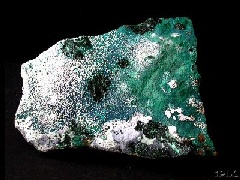


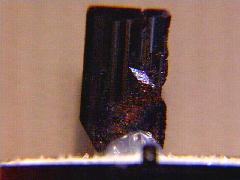
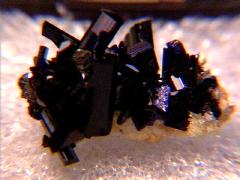










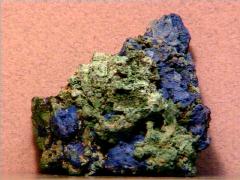

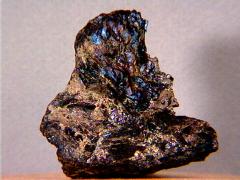




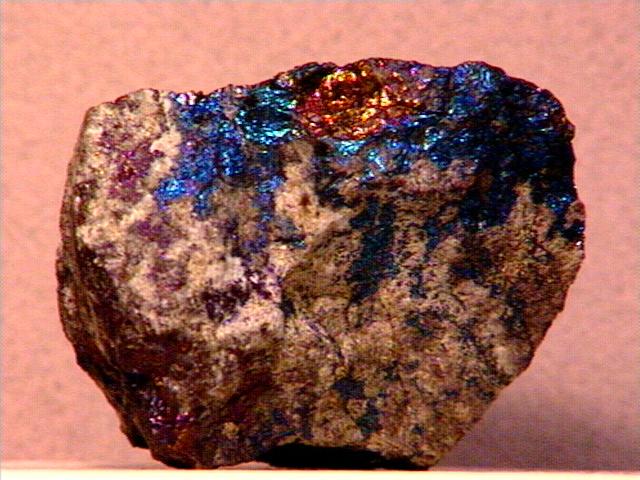


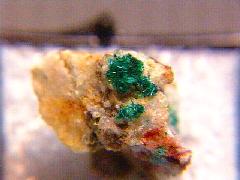
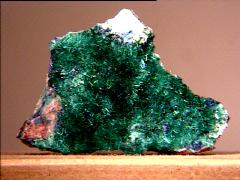






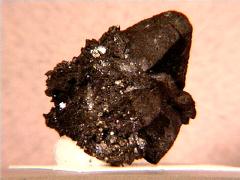
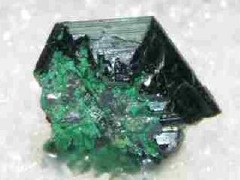
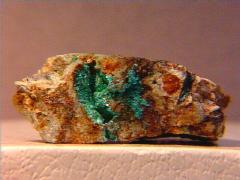

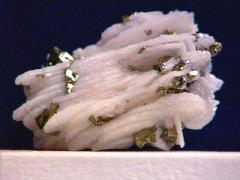
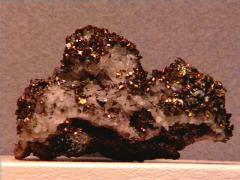

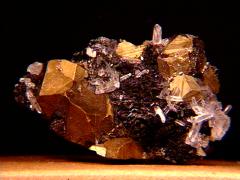
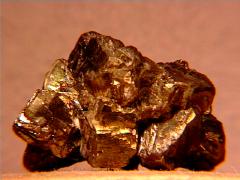




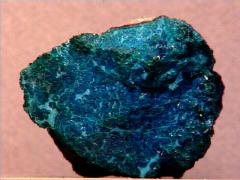
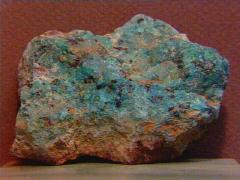



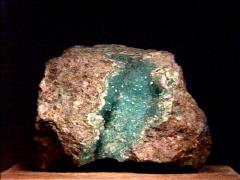
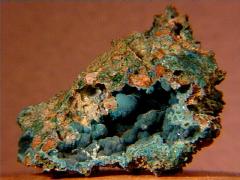
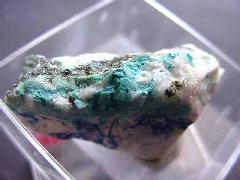
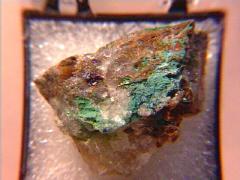


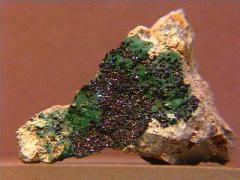

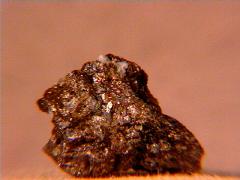
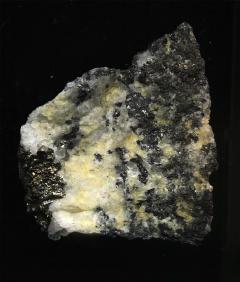






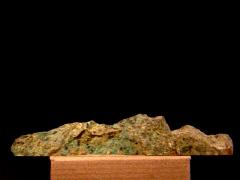



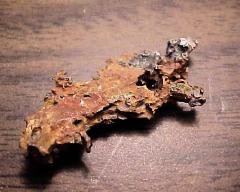
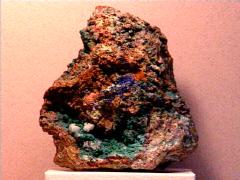



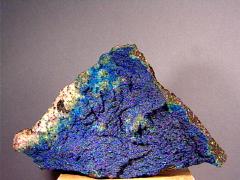




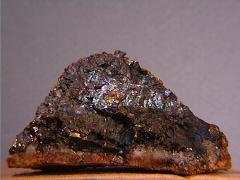
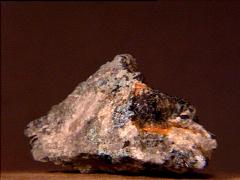


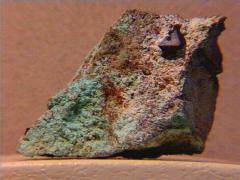


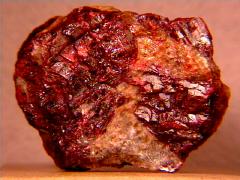
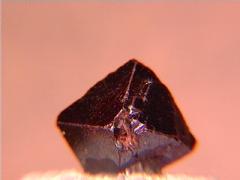




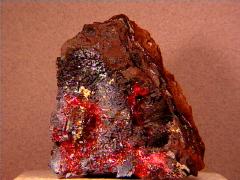


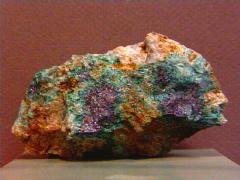

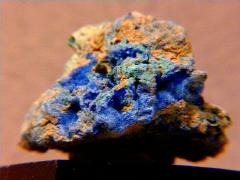






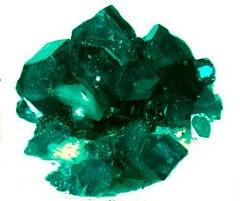



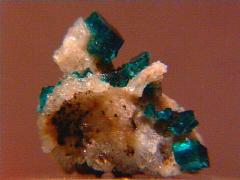








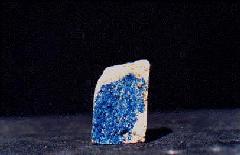


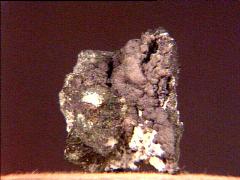
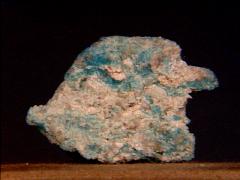
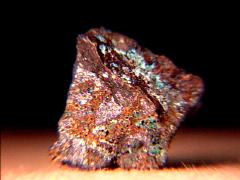





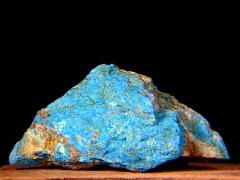

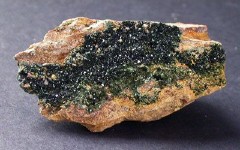


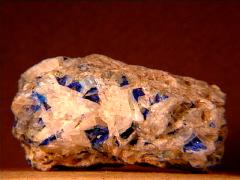
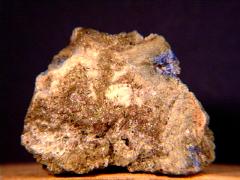


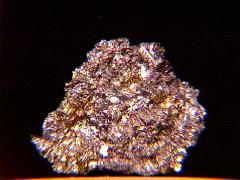
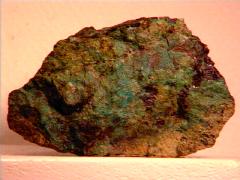
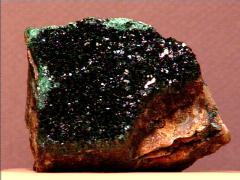
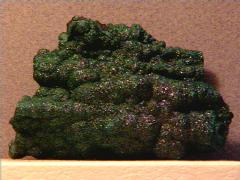




No comments:
Post a Comment